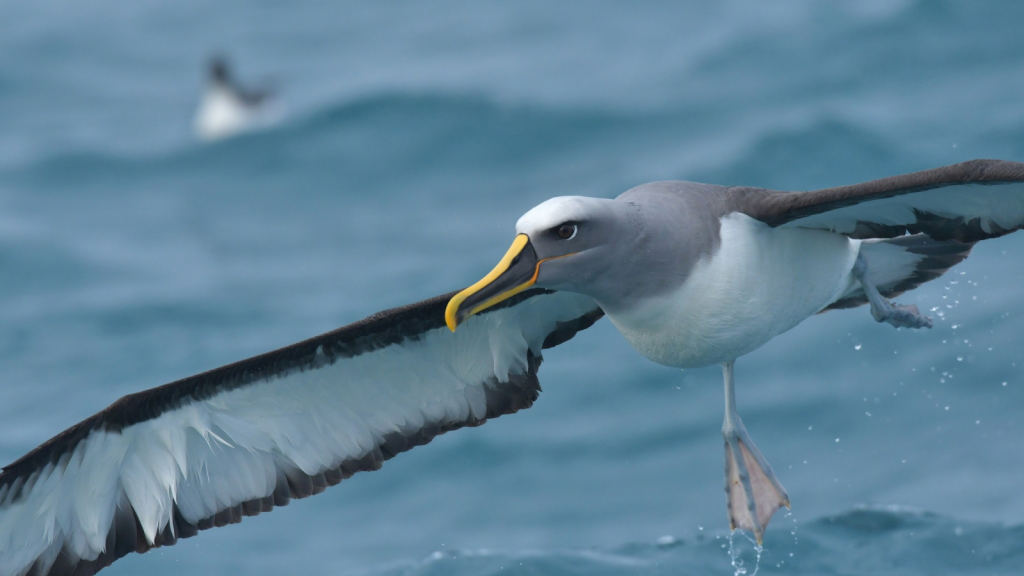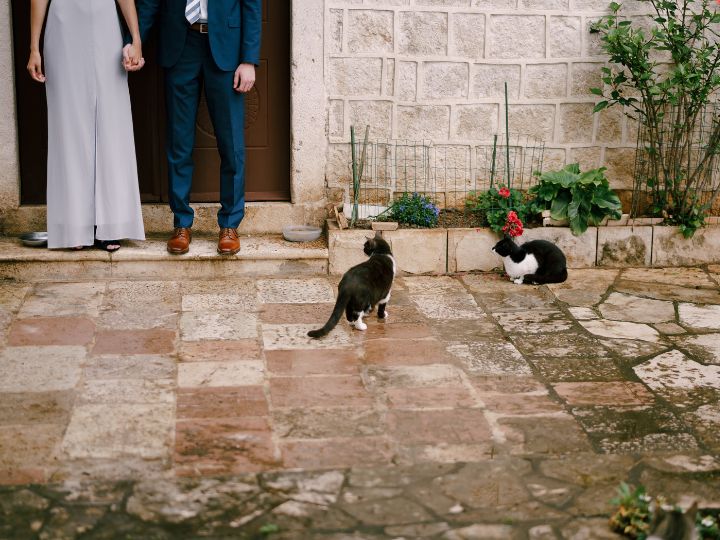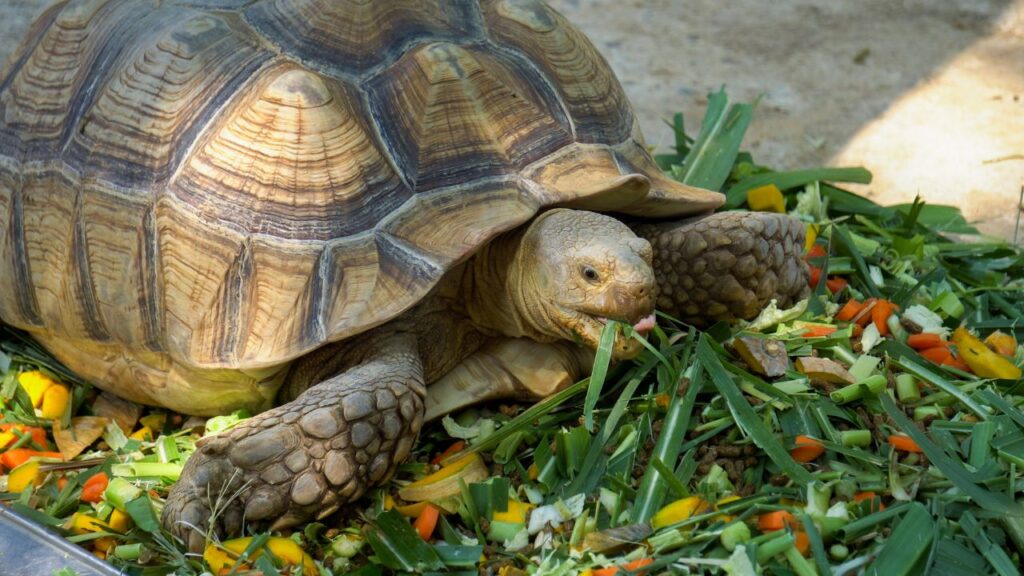Sleep is a vital part of life for most creatures, but some animals have truly strange ways of getting their shut-eye. From upside-down snoozers to half-awake swimmers, the animal kingdom is full of surprising sleepers. These odd habits often help animals survive in their unique environments or avoid becoming another creature’s midnight snack. Get ready to be amazed by the weird and wonderful world of animal sleep as we explore 12 of the most unusual nappers in nature.
Dolphins: The Half-Brained Sleepers
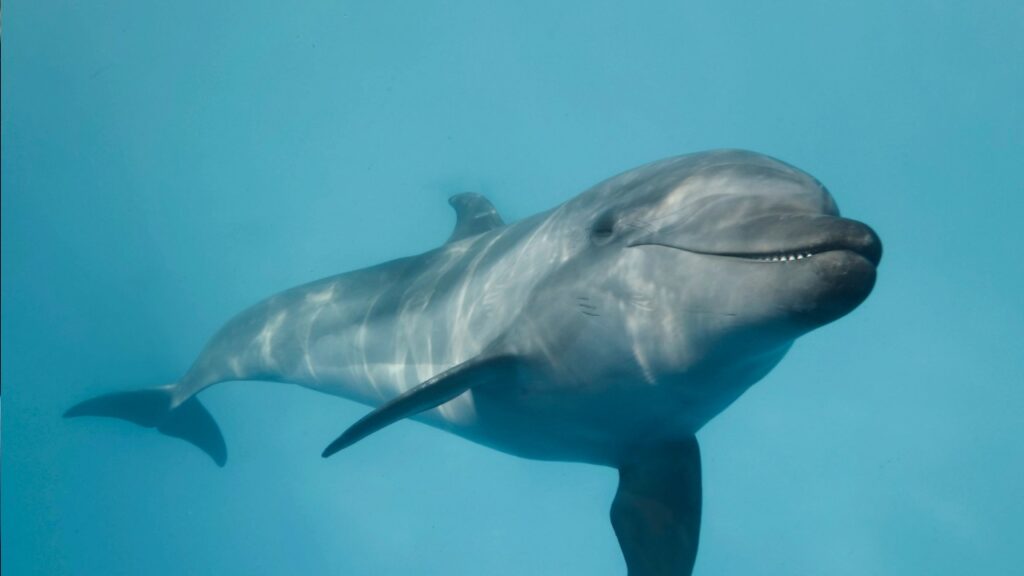
Dolphins have a remarkable ability to sleep with only half their brain at a time. This technique, called unihemispheric slow-wave sleep, allows them to stay alert for dangers and continue swimming while still getting some rest. They switch which half of their brain sleeps throughout the day, ensuring they’re always partly awake. This unique sleep pattern also helps dolphins surface regularly to breathe, as they are conscious breathers and must actively decide when to take each breath.
Frigatebirds: The Sky-High Snoozers

These seabirds can sleep while flying, catching quick naps during long journeys over the ocean. Frigatebirds can fly for up to two months without landing, so they’ve adapted to sleep in short bursts of about 12 seconds at a time while soaring through the air. They can even climb to higher altitudes in their sleep! Researchers have found that frigatebirds sleep for an average of 42 minutes per day during long flights, often in both brain hemispheres simultaneously.
Giraffes: The Standing Sleepers
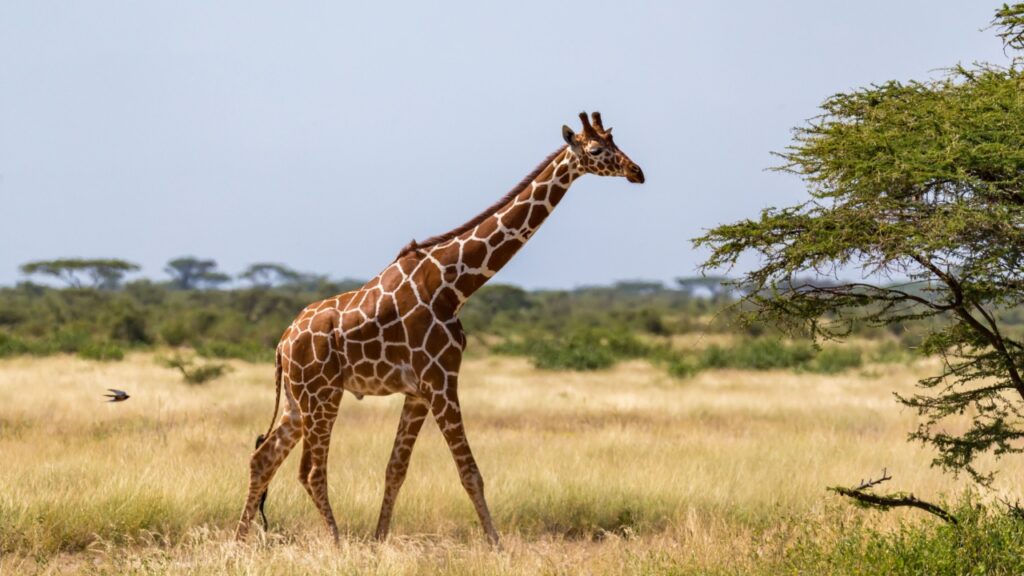
Giraffes have one of the shortest sleep requirements of any mammal, needing only 30 minutes to two hours of sleep per day. They usually catch these quick naps standing up, ready to sprint away from predators at a moment’s notice. When they do lie down to sleep, it’s only for very short periods. Interestingly, baby giraffes often sleep curled up with their long necks resting on their hindquarters, a position rarely seen in adults.
Sea Otters: The Floating Nappers
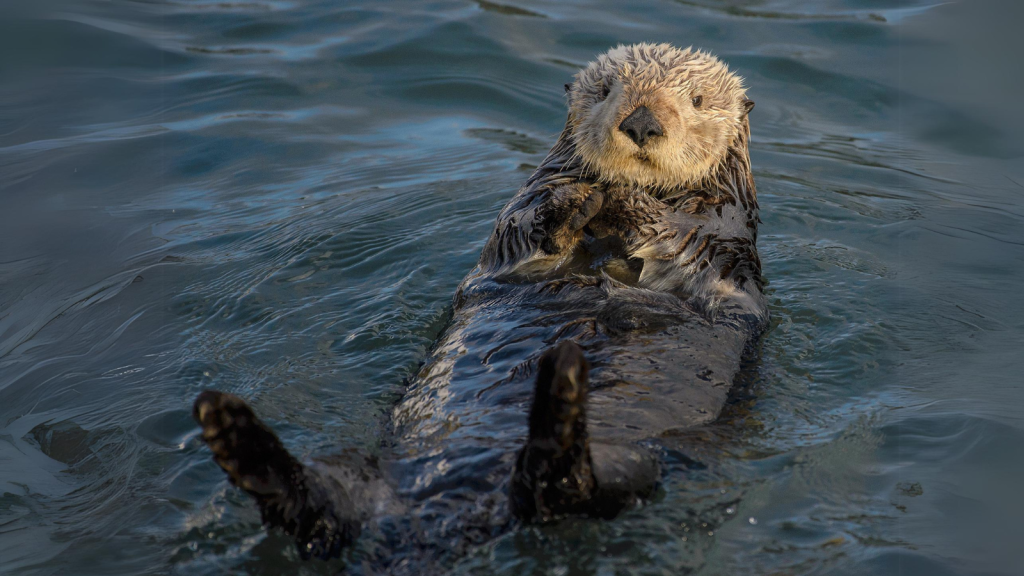
Sea otters often sleep while floating on their backs in the water. To avoid drifting away while they snooze, they wrap themselves in seaweed or hold hands with other otters. This charming habit helps them stay together in groups called rafts, keeping them safe from predators and the strong ocean currents. Sea otters also have the densest fur of any animal, which helps them stay warm and buoyant while they sleep in cold ocean waters.
Walruses: The Inflatable Sleepers
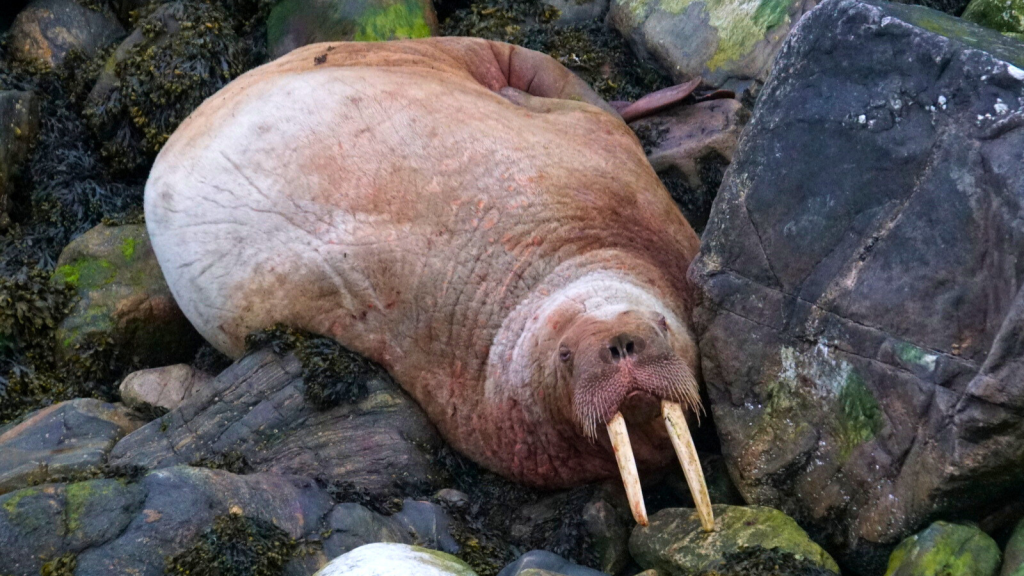
These blubbery mammals have a unique way of catching some z’s in the water. Walruses can inflate pouches in their throats to keep their heads above water while they sleep. This allows them to bob like a buoy, catching a peaceful nap without the risk of drowning. Walruses can sleep in this position for several hours at a time, both in open water and near ice floes.
Meerkats: The Cuddly Pile Sleepers
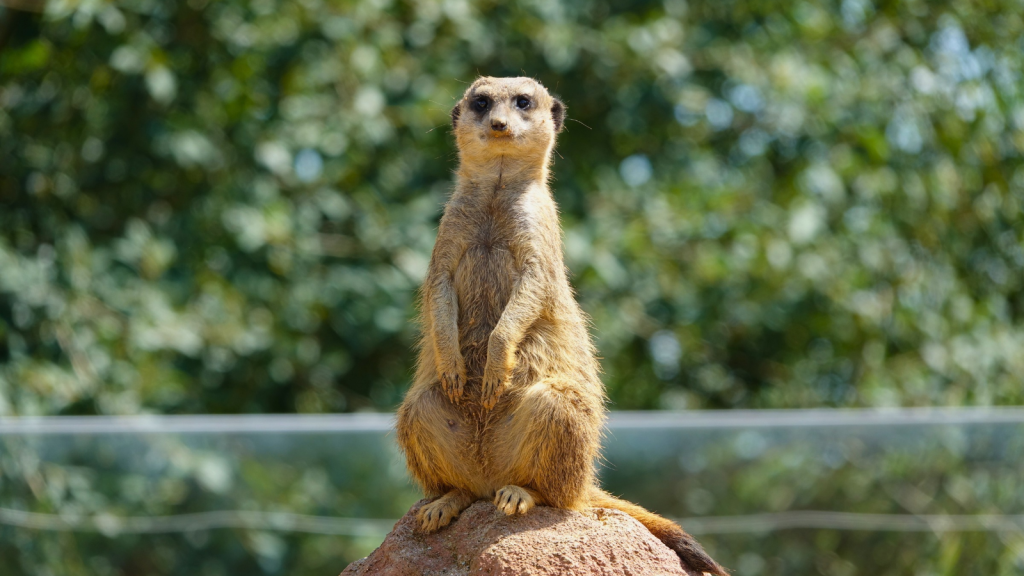
Meerkats are known for their adorable sleeping habits. These social animals sleep in big piles, cuddling close together for warmth and safety. One meerkat usually stands guard while the others sleep, taking turns to keep the group safe from predators. Meerkats typically sleep underground in complex burrow systems, which provide additional protection from both the elements and potential threats.
Horses: The Standing Snoozers

Like giraffes, horses can sleep standing up thanks to a special leg-locking mechanism called the stay apparatus. This allows them to doze while remaining ready to flee from danger. However, horses do need to lie down for short periods to achieve deep, REM sleep. On average, horses sleep for about three hours a day, with most of this time spent in short standing naps.
Albatrosses: The Airborne Dozers
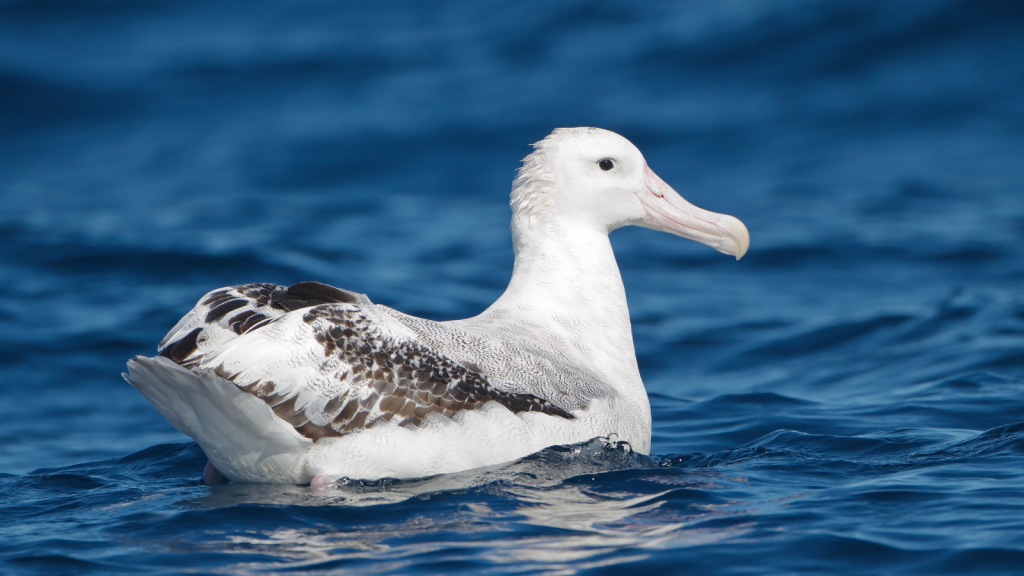
These seabirds spend most of their lives in the air, coming to land only to breed. Albatrosses are thought to sleep while gliding, using air currents to stay aloft with minimal effort. They can even sleep while flying in formation, following the bird in front of them on autopilot. Some species of albatross can stay in continuous flight for up to five years, highlighting the importance of their ability to sleep on the wing.
Bullfrogs: The Sleepless Amphibians
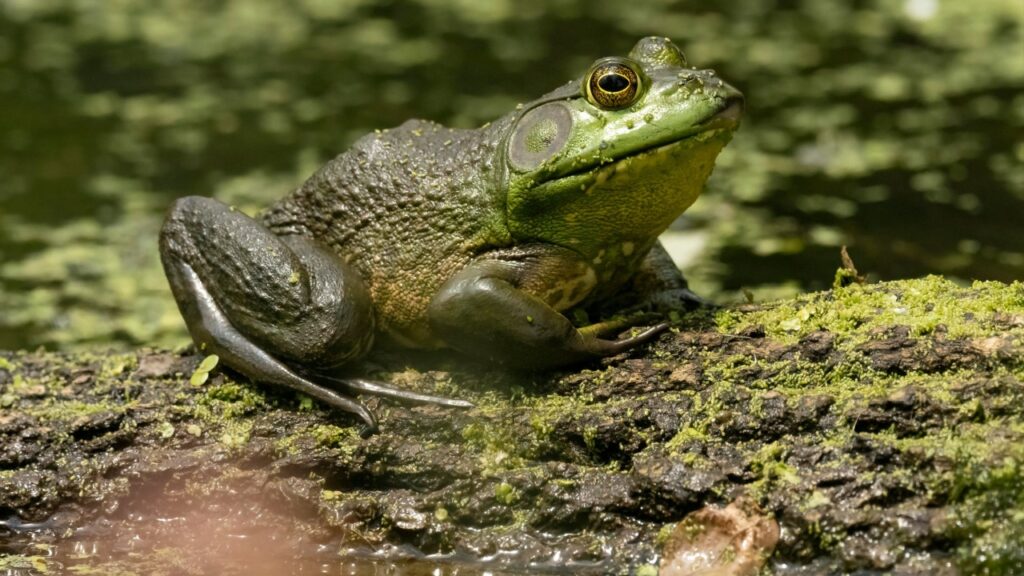
Bullfrogs don’t sleep in the way we understand it. Instead of closing their eyes and becoming unconscious, they enter a state of quiet rest. During this time, they remain alert to their surroundings, ready to react to any potential threats. This constant state of alertness is thought to be an adaptation to their vulnerable position in the food chain, as both predator and prey in their aquatic environments.
Penguins: The Power-Napping Seabirds
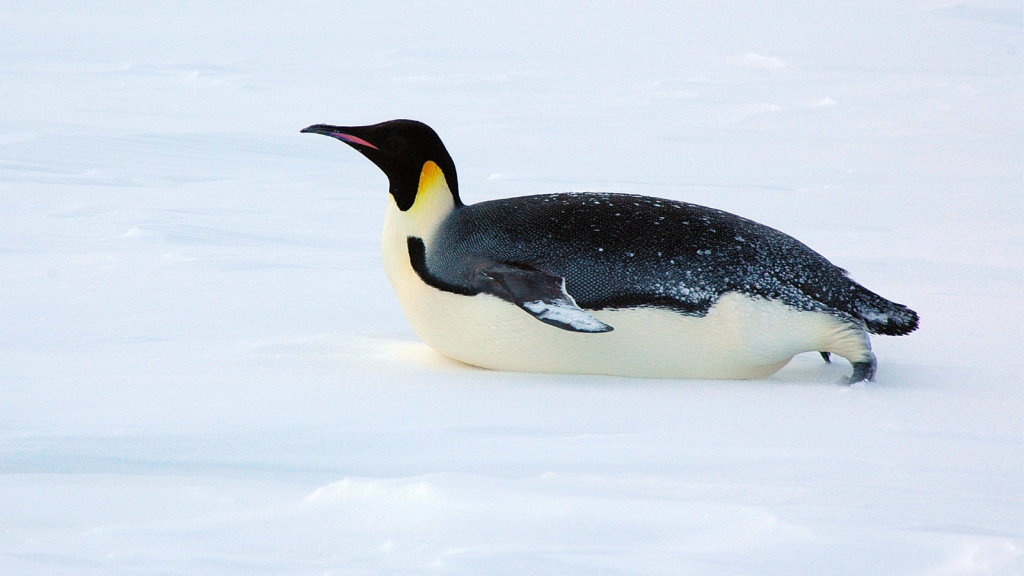
Emperor penguins have adapted to sleep in short bursts of only a few seconds at a time. This allows them to stay vigilant in their harsh Antarctic environment. They can have thousands of these “micro-naps” throughout the day, adding up to about 12 hours of sleep in total. During breeding season, when penguins must constantly protect their eggs from the cold, these brief naps become even more crucial for their survival.
Jellyfish: The Brainless Resters
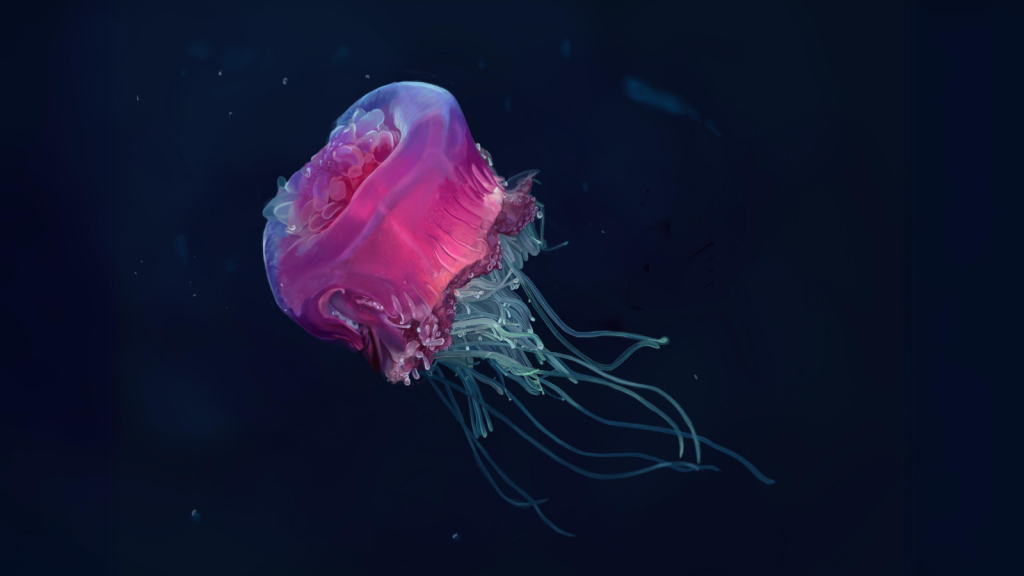
Despite not having a brain, jellyfish still need to rest. They’ve been observed sinking to the ocean floor and pulsing more slowly, entering a sleep-like state. This discovery has raised fascinating questions about the nature and evolution of sleep in animals. Scientists found that jellyfish deprived of this rest period were slower to respond to stimuli, suggesting that sleep serves a vital function even in these simple organisms.
Sloths: The Upside-Down Dozers

These slow-moving mammals are champion sleepers, snoozing for up to 20 hours a day. Sloths often sleep hanging upside down from tree branches, their strong claws keeping them securely in place. This unusual position helps protect them from predators looking up from the forest floor. Sloths have a unique metabolism that requires long periods of rest to digest their low-energy diet of leaves, contributing to their extensive sleep schedule.
Becky is a fervent wildlife enthusiast and pet care expert with a diploma in canine nutrition. Her love for animals stretches beyond the domestic, embracing the wild tapestry of global fauna. With over a decade of experience in animal welfare, Becky lends her expertise to OutlandishOwl through insightful articles, captivating wildlife information, and invaluable guidance on pet nutrition. Her work embodies a deep commitment to understanding the intricate lives of animals and a passion for educating others on sustaining natural habitats. Becky's hands-on conservation efforts and her knack for translating complex dietary science into practical pet feeding tips make her an indispensable voice for creatures great and small.

